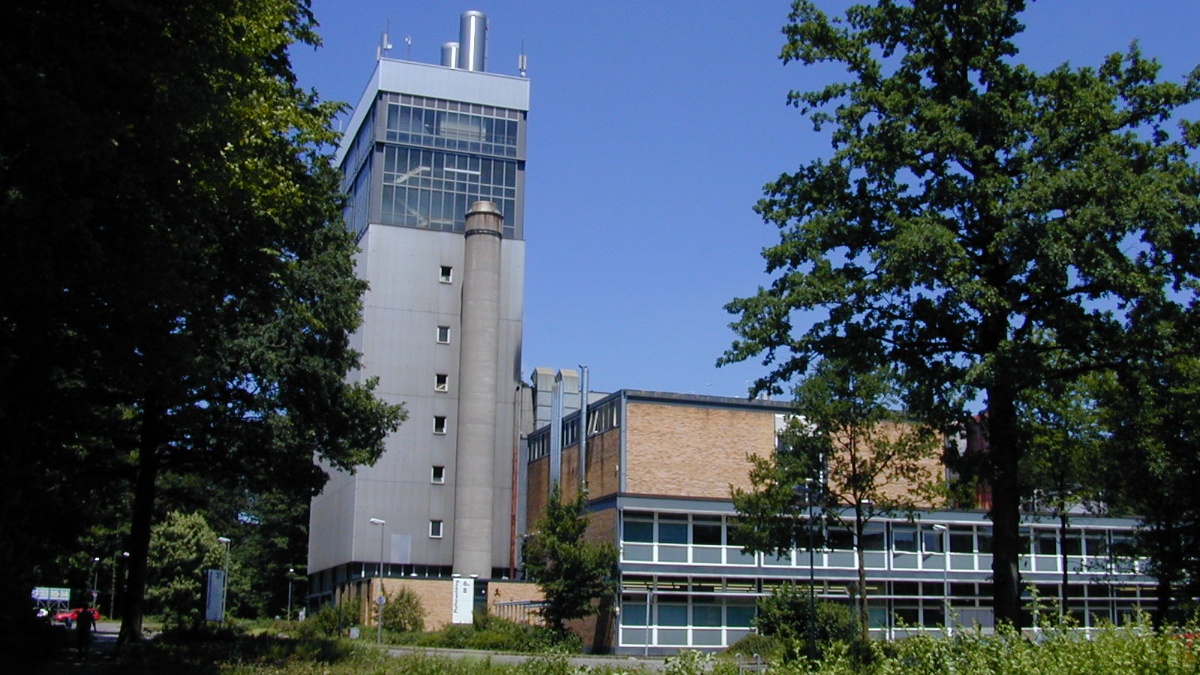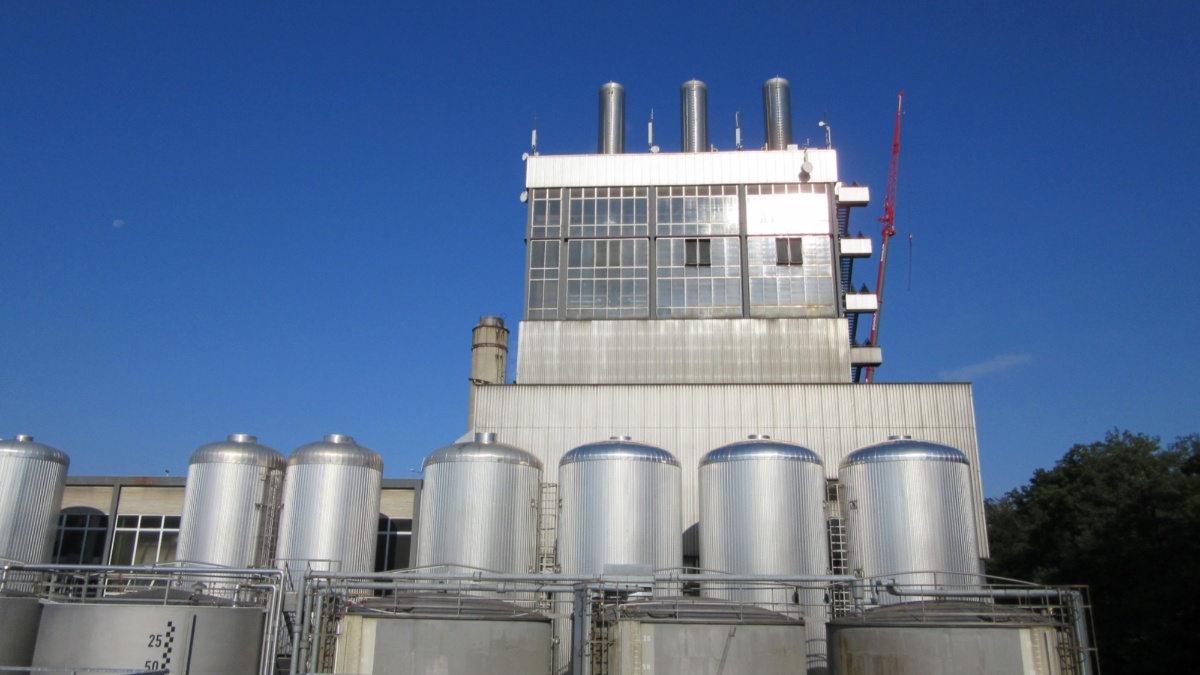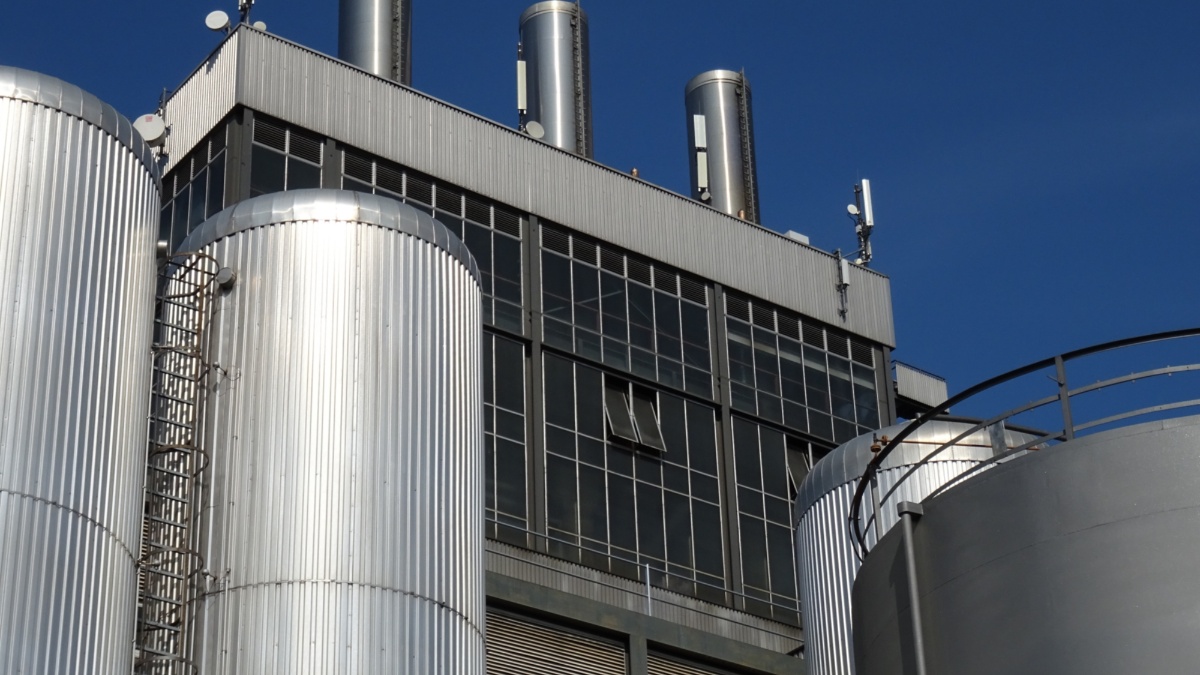Around 26,500 students are currently enrolled at the University of Stuttgart, and around 4,800 people are employed in the supply area by either the university itself or by third-party institutions. Alongside heat and power, the heating plant is also responsible for supplying district cooling in the form of cold water. The heating plant is also used for teaching and research purposes, so long as this is compatible with the supply obligations.
The heating, cooling and steam is supplied automatically and is exclusively guaranteed by the heating plant.
The electricity is generally produced through cogeneration, and the electrical demands are covered by own production as far as possible. Any excess heat is stored temporarily and fed into the heating network at night. Additionally, two transformers, each with a transmission capacity of 40 MVA, connect the plant to the EnBW grid.
Energy is produced using a gas and steam turbine plant consisting of two gas turbines with waste heat boilers and a steam turbine, as well as using two cogeneration blocks, each consisting of a boiler and a steam turbine. Natural gas and EL heating oil are used as fuels. The average annual efficiency of the fuel input is around 85%, meaning that all the mineral oil tax paid has been refunded since 1 April 1999 as per the so-called “Ecological Tax Reform”. All three plants are also approved as CHP systems by the Federal Office of Economics and Export Control (BAFA) in accordance with Section 6 of the Combined Heat and Power Act.





